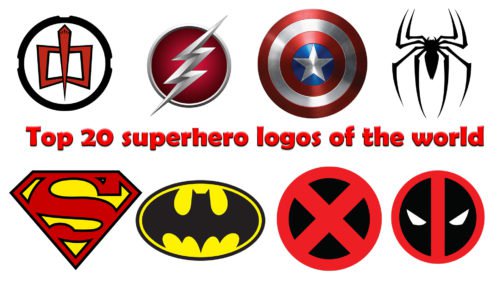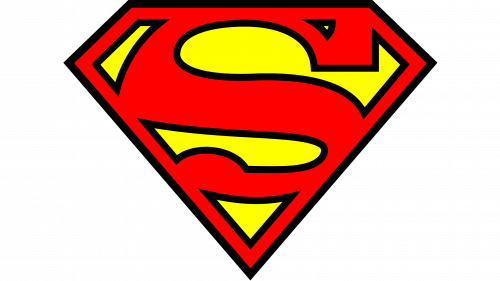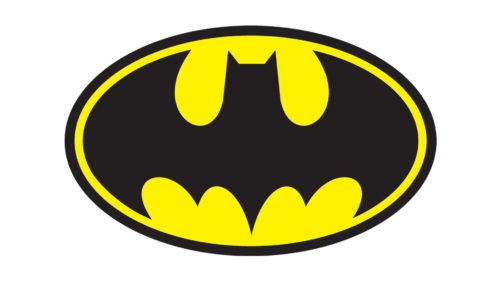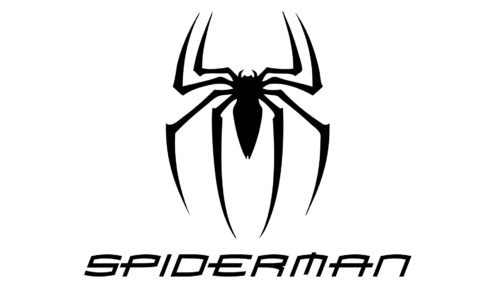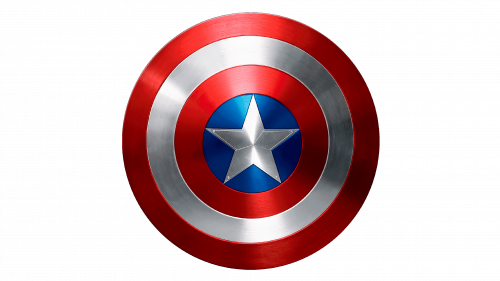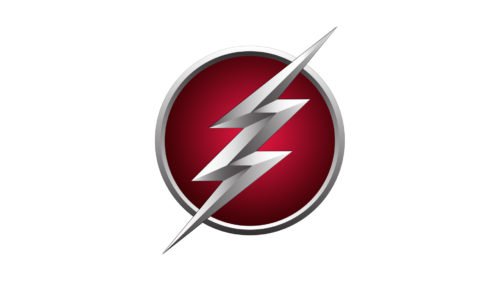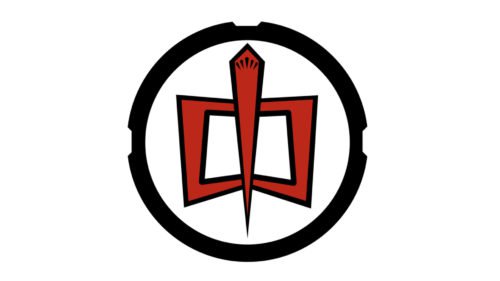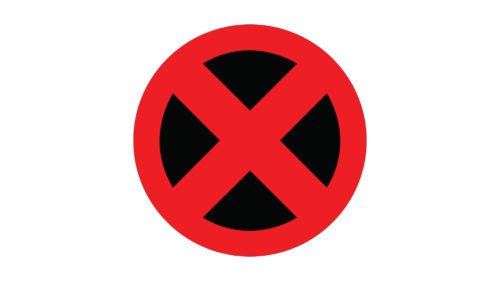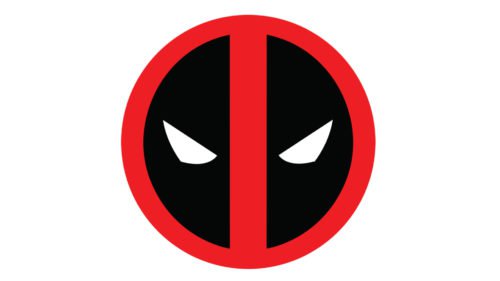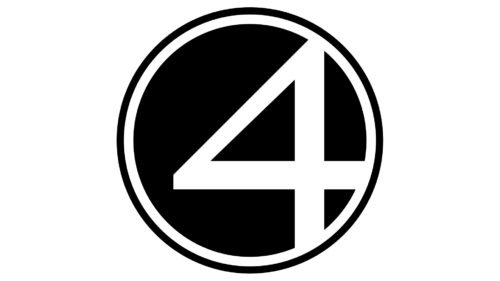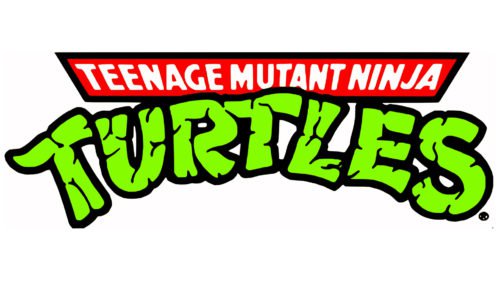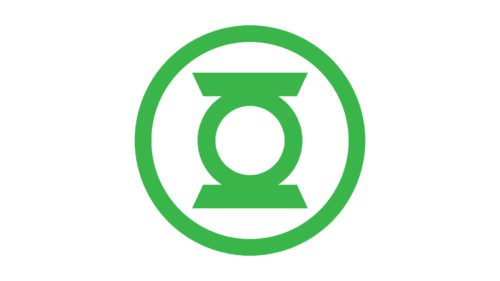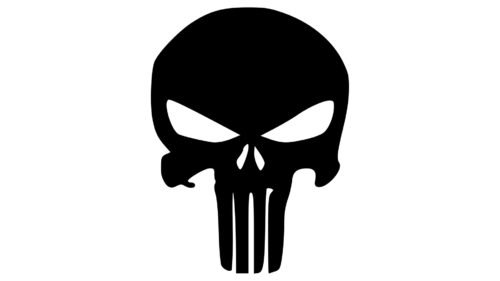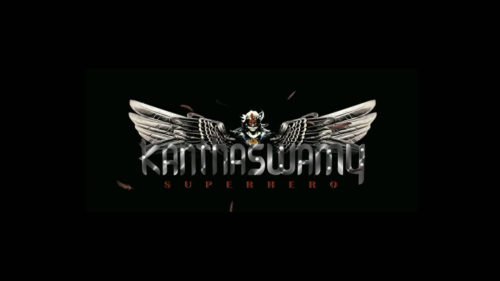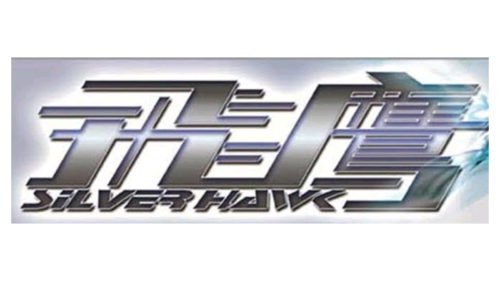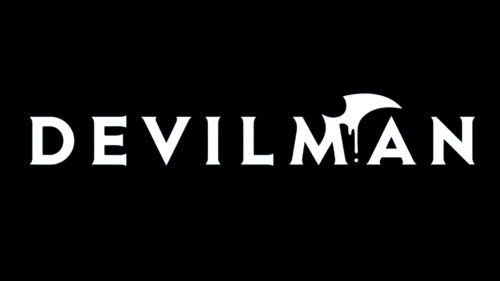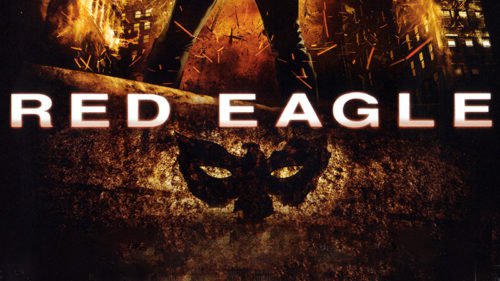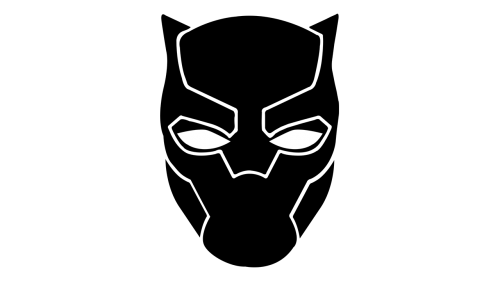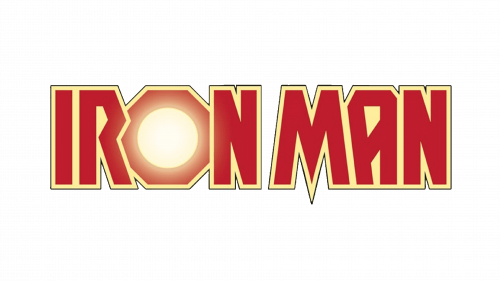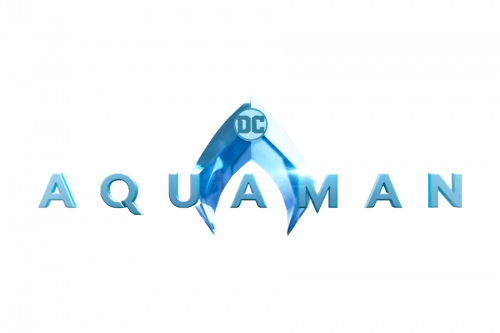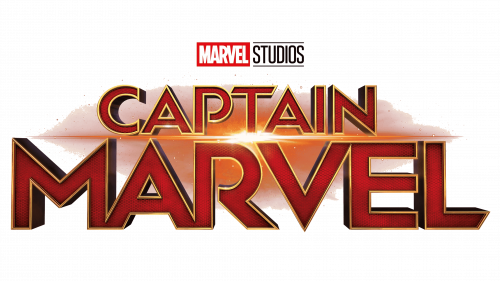The main objective of any superhero is to overcome the difficulties that seem insurmountable for ordinary people and, of course, save the world. Although each superhero does it in one’s own style using unique super powers, they attract millions of viewers from all over the world.
1. Superman
One of the most striking images of the twentieth century is Superman. Its logo is concise enough to be easily remembered and reproduced and - at the same time – it has a bright individuality. Using only three colors – red, blue and yellow – it acquired the shape of a diamond to emphasize the exceptional value of this superhero for the entire humanity. In addition, the combination of red and blue in the cultural codes of Western Europe and America reflects an internal conflict and a combination of elements – water (air), earth and fire.
2. Batman
The Batman logo is formally more than concise – it uses only two colors and only two formal images (a stylized bat and an oval around it). But this logo demonstrates an internal conflict which can be seen in a combination of soft oval shape and sharp corners. In addition, contrasting colors (black and yellow) appeal to contrast darkness and light.
3. The Spider-Man
The SpiderMan logo is a stylized image of a black spider on red background. Unlike many other superhero logos, there are no contradictions in this image. Due to the elongated shape of the spider itself, as well as its pointed legs, the logo looks sharp, dynamic, aggressive, and spectacular.
4. Captain America
The basis of Captain America’s logo is patriotism. The colors of the American flag and the star in the center are taken from the same source. This is the real logo of this American superhero. The shape of the logo (circle) and its almost absolute symmetry let us speak of the harmony of the very idea embedded in the logo.
5. Flash
The logo of Flash is a kind of embodiment of the image of speed, potential, and breakthrough. The image (stylized lightning) is put on a harmonious circle which makes it obvious – it is not a symbol of aggression as it is, but aggression aimed to protect. The energy of protection – this is what you can easily “read” in a combination of sharp “lightning” and harmonious circle beneath it. The logo shows that graphic design software was used, otherwise this quality cannot be achieved.
6. Greatest American Hero
At first glance, the logo of the Greatest American Hero resembles an oriental hieroglyph, but if you look at it more closely, the similarity is lost. Contrast colors – red, black and white – simultaneously emphasize each other and the internal dynamics of the image itself. Deliberately “wrong” forms add more movement. Pay attention: no line is strictly vertical or horizontal, the internal image is not a small copy of the outer one, and even the circle in which the logo is inscribed is in fact not quite a circle.
7. X-men
X-men logo is an optimally “disturbing” combination of colors – red and black. At the same time, there is an alphabetic element – letter “X” in the form of crossed lines put on a round base. Symbolically, this logo is very rich – the black color of the base emphasizes not always supportive nature of the unknown, the red reminds of the danger and protects from the unknown.
8. Deadpool
The Deadpool logo uses a combination of three colors. The main one is black, the second most important color is red, reminiscent of traffic signs, restricting traffic. And the color of white – contrary to its original value – is aggravated by anxiety and tension – it is the color of the eyes, intently watching after you from the darkness and gazing unfriendlyly.
9. Spawn
The Spawn logo was created in the 1990s. Its geometric base is a circle, the main colors are black, white and green. At the end of the last century, the fans of superheroes long tried to understand the symbolic meaning of this image, calling it “the clocks” (indeed, the image resembles a round dial without numbers and arrows showing 6 o’clock), and then calling it “a tie”. However, in reality, there is no objective symbolism here – it is an abstract logo, its dynamics is created by combinations of curved lines and sharp corners.
10. Fantastic Four
The symbolism of the image is obvious: it is a figure “4” enclosed in a circle. The color combination – white, blue and black – emphasizes the contrast of light and shadow (white and black) and hints at the victory of the forces of light that are able to fight “on the enemy’s territory.”
11. Ninja Turtles
These heroes came from the East, and won the sympathy of people of all ages. The logo consists of green letters, as if they have built up muscles for future battles with enemies. The color of the characters and their logo is green with a black border. The duality of color symbolism (it is quite “peaceful”) emphasizes the conflict between the image of the tortoise and the image of the warrior.
12. Green Lantern
The logo of Green Lantern already acquired its own history. As usual, there are many interpretations of it. In particular, the circle is the basis and two horizontal parallel lines are used to add this circle some stability. However, in reality, everything is simpler – the symbolism of this logo is obvious to anyone who have seen a portable gas flashlight at least once. And the white circle in which the green logo is located represents the halo of light coming from the lantern.
13. Punisher
This logo is extremely aggressive. The image of the skull with hypertrophied teeth in the upper jaw and special shape of the eye sockets is complemented by a contrasting combination of black and white colors. Even the circle, in which the logo is enclosed, does not reduce the degree of tension. Actually, this is exactly what is required.
14. Kanthaswamy
Frankly speaking, like most superheroes of Indian cinema, Kantaswamy does well without a full-fledged logo. However, the image of the man in a red mask is well known to everyone who watched at least one movie with this character. Especially since Kanthaswamy – the defender of the poor, confronting local mafia – has one memorable detail – a chicken crest.
15. Zokkomon
In fact, it is quite strange that Zokkomon appeared only in Indian cinema. This is an orphan boy, who found the ability to fight evil because of the constant aggression of the world around him. He uses this ability to increase the amount of good in the world due to the destruction caused by evil. His boyish figure is a favorite decoration of school appliances for students of Indian schools.
16. Zebraman
Another superhero from the Indian school. An ordinary person gains supernormal powers to resist enemies –foreign and domestic. But even considering the fact that the main enemies of the Zebraman are the aliens, there is no mercy for the “bad guys” in the domestic affairs either. The logo represents a stylized red letter Z, dissected in the middle and enclosed in a black oval.
17. Silver Hawk
The logo of Silver Hawk (eastern superhero named Lulu) is a hieroglyphic spelling of her name with a small explanation for Western viewers in Latin letters. The absence of a special symbol underlines the lack of super abilities of this character. The tool which Silver Hawk uses to achieve her goals is the mastery of kung fu plus modern technological devices.
18. Devilman
Devilman logo is a Latin spelling of his name. The Gothic font has some added elements that resemble the dragon’s claws. For the eastern audience, this logo is filled with a multitude of cultural references to mythological dragons and demons. For the Western viewers, the meaning somewhat shifts and the main thing is the element of turning a person into a dragon to defeat other dragons or demons – in this case these concepts are interchangeable.
19. Red Eagle
From the perspective of the Western viewer, the Red Eagle is not a superhero but an addicted psychopath. However, for its creators and for the majority of Eastern audiences, its bad character intensified by narcotic addiction, is only an insignificant detail in the general image of a superhero destroying criminal authorities. Red Eagle has traumas and experiences that turn this superhero into a man who needs compassion.
Its corporate color – is, of course, red which creates necessary contrast on a black background.
20. Mercury Man
Another superhero from the number of everyday heroes (the profession of the main character is a firefighter) called Mercury. On posters, they depict him in color combination of red-black, or silver-black. In both cases, the symbolism of such a combination is obvious – the fight between light and shadow.
21. Black Panther
In the heart of Wakanda, a technologically advanced African nation, stands T’Challa, the noble king and fierce warrior known as Black Panther. His journey is emblematic of strength, agility, and the profound connection to his ancestors, represented by the Black Panther Logo – a symbol of the panther deity Bast. T’Challa’s leadership is tested by formidable foes such as Killmonger and Ulysses Klaue, who seek to overthrow Wakanda’s peace and exploit its resources. Yet, it’s his suit’s vibranium weave, a material exclusive to his homeland, that makes him invulnerable to most physical damages and perfectly embodies the spirit of Wakanda.
22. Iron Man
Tony Stark, a genius inventor and industrialist, transforms into Iron Man, a symbol of technological prowess and human ingenuity. The Iron Man Logo, sleek and modern, mirrors Stark’s evolution from a weapons manufacturer to a hero dedicated to protecting the world with his armor’s cutting-edge technology. Stark’s adversaries, like the Mandarin and Obadiah Stane, challenge him to the core, questioning his principles and his reliance on technology. Yet, it’s Stark’s intellect and his suit’s capabilities, from flight to energy blasts, that consistently secure victory, making the logo synonymous with innovation and resilience.
23. Black Widow
Natasha Romanoff, known as Black Widow, emerges from the shadows of her past as a spy for the KGB to become one of the most skilled operatives of S.H.I.E.L.D. and a key member of the Avengers. The Black Widow Logo, a red hourglass emblematic of the deadly spider she’s named after, signifies her lethal skill set and her ability to strike with precision. Facing adversaries like Loki and the forces of HYDRA, Natasha relies on her espionage expertise, martial arts skills, and indomitable will to fight for what she believes is right, proving that strength is not only physical but also lies in the courage to confront one’s past.
24. Aquaman
Arthur Curry, the rightful heir to the underwater kingdom of Atlantis, rises as Aquaman, a bridge between the surface world and the oceanic depths. His journey is marked by the Aquaman Logo, a trident that symbolizes his royal heritage and command over the sea and its creatures. Challenged by foes such as Ocean Master and Black Manta, Aquaman navigates the tumultuous waters of his dual identity, striving to protect both his aquatic realm and the humans above. His powers, from telepathic communication with marine life to superhuman strength, make him a formidable protector of the deep and the surface alike.
25. Captain Marvel
Carol Danvers, an Air Force pilot whose encounter with alien technology transforms her into Captain Marvel, stands as a beacon of power and hope. The Captain Marvel Logo, featuring a star emblem on her chest, represents her connection to the stars and her role as a defender of the Earth and the universe. With enemies like the Skrulls and Yon-Rogg challenging her identity and purpose, Danvers must navigate her newfound powers, including superhuman strength, flight, and energy manipulation, to protect the innocent. Her journey is not just about the discovery of her abilities but also about embracing her true self, making the logo a symbol of empowerment and resilience.
Conclusion
In the realm of American comic books, superhero logos stand as powerful symbols of heroism, embodying the essence and superpower of the characters they represent. From the iconic Superman logo, a beacon of hope and justice, to the intricate spider-web design of the Spider-Man logo, closely associated with Peter Parker’s transformation, these emblems are more than mere designs; they are the heart and soul of superhero stories.
The Avengers logo, representing a coalition of Earth’s mightiest heroes, and the Justice League shield, a symbol of unity among DC Comics‘ greatest, exemplify how a perfect superhero logo encapsulates a brand’s personality. Whether it’s the fierce determination in the Wonder Woman logo or the resilience in the Hulk’s emblem, each design speaks volumes about the character it represents.
Professional designers tasked with creating these logos delve deep into the lore, drawing inspiration from Norse mythology for Thor’s hammer or the cosmic justice symbolized by the Green Lantern Corps’ emblem. These superhero logo designs are meticulously crafted to resonate with fans, capturing the essence of the Marvel Universe and the DC Comics saga.
The famous superhero logos, such as the American shield of Captain America or the arrow logo of Green Arrow, serve not only as identifiers but as an integral part of the hero’s costume and masks. They are a testament to the enduring legacy of iconic superhero logos within the Marvel Cinematic Universe and beyond.
In crafting the perfect superhero logo, designers aim to create a timeless emblem that reflects the superhero’s attributes, from the agility and cunning of Black Panther to the alien heritage of Superman. The journey from concept to final design is a testament to the creativity and dedication of those who shape the visual landscape of our favorite superhero narratives.
In conclusion, the top superhero logos of all time are more than just art; they are the embodiment of the marvels of the superhero genre. They bridge the gap between character and audience, inviting us into a world where justice prevails, and heroism is the ultimate superpower. These emblems, from the Superman logo to the Avengers shield, carry the legacy of decades of storytelling, capturing the imagination of fans around the globe. They are not just part of the costume; they are a declaration of the enduring power and appeal of iconic superhero logos in shaping the identity of heroes who have become symbols of courage, hope, and resilience in the face of adversity.


